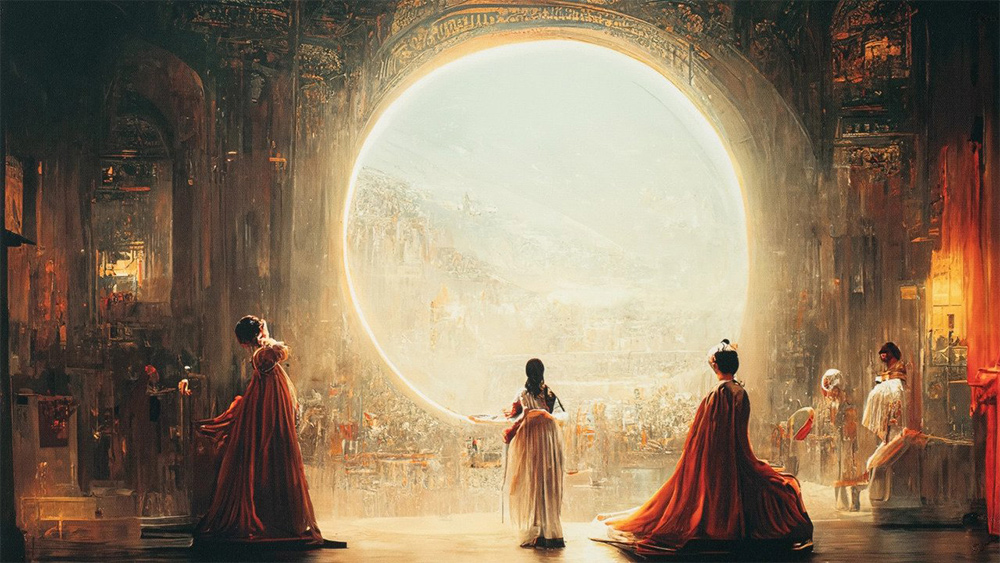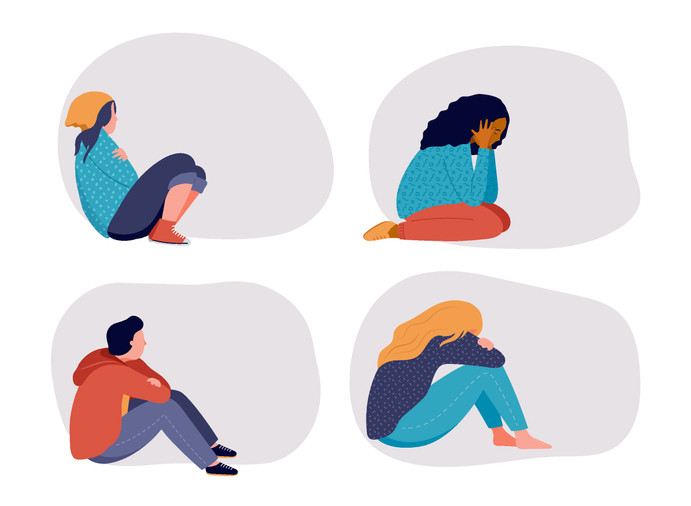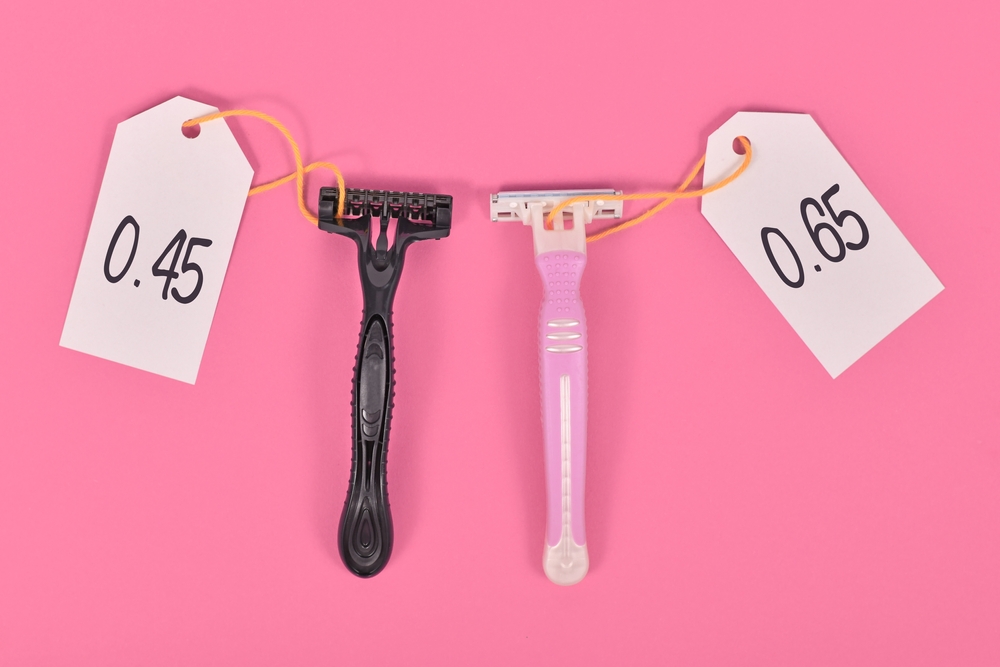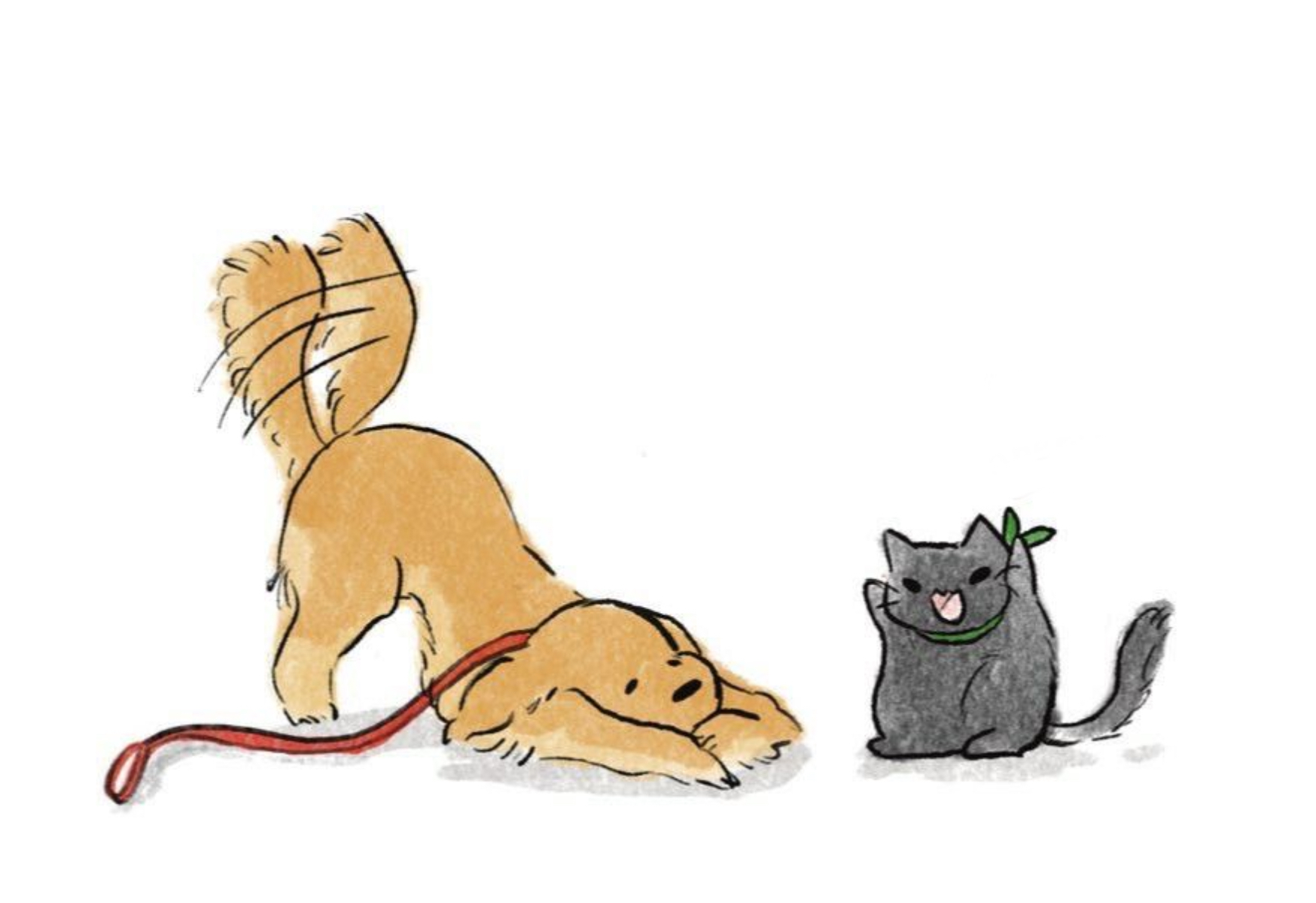
Ethan Xu (10) | STAFF REPORTER
Written November 2023
Picture this: you’re scrolling through Instagram reels when you come across a magnificent piece of artwork, something so wonderful and intricately designed, capturing every detail perfectly. Thus, you decide to check the artist’s page and lo and behold, there’s even more art of similar quality. Piquing your curiosity, you look into it a bit more and realize that their art is AI art. But what is AI art exactly, and more importantly, does AI art have copyright claims to it? With the rise of apps like Midjourney, DALL-E, and more, the prevalence of AI within our economic and social lives is heavier than ever and thus begs for us to consider: should art created by AI apps have the ability to be copyrighted?
Where does AI art even hold a place? Sure, it can be posted online for some clicks and views, but why is it such a serious problem if that’s all it’s used for? With the rise of jobs within the gig economy such as dropshipping, many smaller startups have started turning to AI art to create their logos and brandings. As such, shouldn’t it technically be considered their property? Especially if someone were to take the logo, shouldn’t the company be able to claim it as theirs? This, however, is where the big argument against giving AI art the ability to be copyrighted arises. To be able to copyright something you need full ownership over it, but while that seems to be the case for AI art, it’s not actually all that it seems.
AI art isn’t actually art, in the sense that it was created all by one person. Sure the AI generated the image, but it wasn’t created purely from imagination as is traditionally the case with artists. Instead, it’s pieced together from information across the internet. As such, AI art technically holds no credit as none of the generated pieces is actually original. This is why it’s generally accepted that AI art cannot be copyrighted. As “Interesting Engineering” puts it: “Large sets of already-made art are used to teach these algorithms how to find patterns and styles that can be used to make new art.” However, I believe that a fundamental counterargument to this is that this is also how we as humans learned to make art. While we didn’t do it as efficiently (and still don’t), the process of learning how to create artistic works involves studying techniques and past examples to learn how to wield artistic techniques.
Thus it comes down to the murky and unclear realm of exactly who to credit with AI art. Is it the original creators of this program? Is it the person who fed the prompts? Is it the people the AI art sampled data from? In my opinion, I believe that the idea of who copyright goes to is entirely dependent on the people involved within the process. Let’s assume an AI generated art with little to no additional help or inputs from others, then it can be said that copyright should go to the programmers and creators of the AI. This is what happens when it creates images off an input. However, I believe that the programmers and creators should still be credited with the copyright, since if you gave copyright to the person who submitted the input, it would be like crediting an artist’s work to the person who had the idea. While it can be said that copyright should just stay within the public domain, as it was entirely sampled from the public domain, I believe that there should still be an essence of copyright in AI art, as you technically haven’t stolen art or claimed it as your own, you’ve just used a high level tool to analyze and create a new art piece that resembles examples online.
It’s still heavily unclear and uncertain as to what the final legal outcome of AI art will be, and I’m sure that many await the results, but I believe that we should be considering the AI as the artist in this situation, and thus give it some credit and thus majority of copyright. At the end of the day it’s important to keep an open mind to other opinions on this matter.


